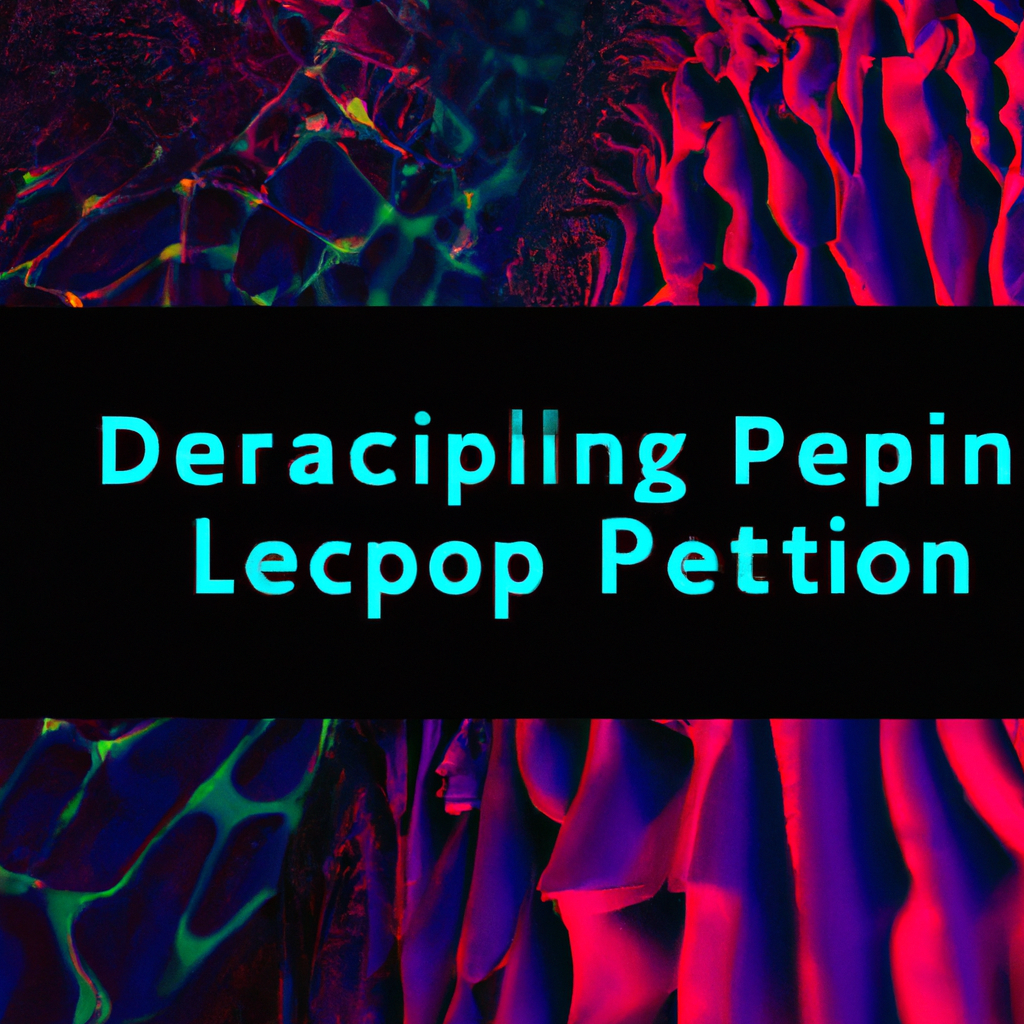Exploring the Applications of Deep Learning in Natural Language Processing
Table of Contents
Exploring the Applications of Deep Learning in Natural Language Processing
# Introduction
Natural Language Processing (NLP) is a subfield of artificial intelligence (AI) that focuses on enabling computers to understand and process human language. It has gained significant attention in recent years due to its potential in various applications such as machine translation, sentiment analysis, question answering systems, and chatbots. Deep learning, a subset of machine learning, has emerged as a powerful approach in NLP, revolutionizing the way computers comprehend and generate human language. This article aims to explore the applications of deep learning in NLP and highlight its contributions to the field.
# Deep Learning: A Brief Overview
Deep learning refers to a class of machine learning algorithms that use artificial neural networks to learn and make predictions. Unlike traditional machine learning algorithms that rely on handcrafted features, deep learning models automatically learn hierarchical representations of data by stacking multiple layers of interconnected neurons. This ability to automatically learn features from raw data has made deep learning particularly effective in NLP tasks.
# Neural Language Models
One of the fundamental tasks in NLP is language modeling, which involves predicting the probability of a sequence of words. Traditional n-gram models suffer from the curse of dimensionality and struggle to capture long-range dependencies in language. Deep learning models, such as recurrent neural networks (RNNs) and transformer models, have proven to be more effective in capturing the sequential nature of language.
RNNs, in particular, are well-suited for modeling sequential data due to their recurrent connections. Long Short-Term Memory (LSTM) and Gated Recurrent Unit (GRU) are popular variants of RNNs that address the vanishing gradient problem and allow information to flow through time more effectively. These models have been successfully applied to tasks like language modeling, machine translation, and text generation.
Transformer models, on the other hand, have gained significant attention in recent years. They rely on self-attention mechanisms to capture dependencies between different words in a sentence. This parallelism allows transformer models to process sentences faster than sequential models like RNNs. The breakthrough model, known as BERT (Bidirectional Encoder Representations from Transformers), has achieved state-of-the-art results on various NLP tasks, including question answering and sentiment analysis.
# Named Entity Recognition and Part-of-Speech Tagging
Named Entity Recognition (NER) and Part-of-Speech (POS) tagging are fundamental tasks in NLP that involve identifying and classifying named entities and parts of speech in a given text. Deep learning models have shown promising results in both tasks.
For NER, recurrent neural networks and transformers have been employed to capture contextual information and classify named entities. These models can learn to recognize entities like person names, locations, organizations, and dates with high accuracy. They have been extensively used in information extraction, question answering systems, and chatbots.
POS tagging, on the other hand, involves labeling words with their respective parts of speech. RNNs and transformers have been successful in this task by leveraging the sequential nature of language. These models can assign the correct part-of-speech tag to each word in a sentence, enabling downstream applications such as syntactic parsing and machine translation.
# Sentiment Analysis
Sentiment analysis, also known as opinion mining, aims to determine the sentiment expressed in a piece of text. Deep learning models have significantly advanced the field of sentiment analysis by capturing complex linguistic patterns and contextual information.
Convolutional Neural Networks (CNNs) have been widely used for sentiment analysis tasks. These models apply filters of different sizes over the input text to capture local patterns and extract meaningful features. CNNs can learn to identify sentiment-bearing phrases or words, enabling accurate sentiment classification.
Recurrent neural networks, specifically LSTM and GRU, have also been employed for sentiment analysis tasks. By modeling the sequential nature of text, these models capture long-range dependencies and contextual information, leading to improved sentiment classification.
# Question Answering Systems
Question Answering (QA) systems aim to automatically answer questions posed by users based on a given context or knowledge base. Deep learning models have revolutionized QA systems by enabling better understanding of complex questions and contextual information.
Attention mechanisms, commonly used in transformer models, have played a significant role in improving QA systems. These mechanisms allow models to focus on relevant parts of the input text when generating answers. By attending to relevant information, deep learning models can accurately answer questions even when the answer is not explicitly stated in the input text.
# Conclusion
Deep learning has revolutionized the field of Natural Language Processing by enabling computers to understand and generate human language more accurately and efficiently. Through neural language models, deep learning models have improved language modeling, machine translation, and text generation tasks. In tasks like Named Entity Recognition and Part-of-Speech Tagging, deep learning models have shown remarkable performance by capturing contextual information and sequential dependencies. Sentiment analysis and question answering systems have also benefited significantly from deep learning, with models achieving state-of-the-art results. As deep learning continues to evolve, it is expected to further advance NLP and open new possibilities in understanding and processing human language.
# Conclusion
That its folks! Thank you for following up until here, and if you have any question or just want to chat, send me a message on GitHub of this project or an email. Am I doing it right?
https://github.com/lbenicio.github.io

